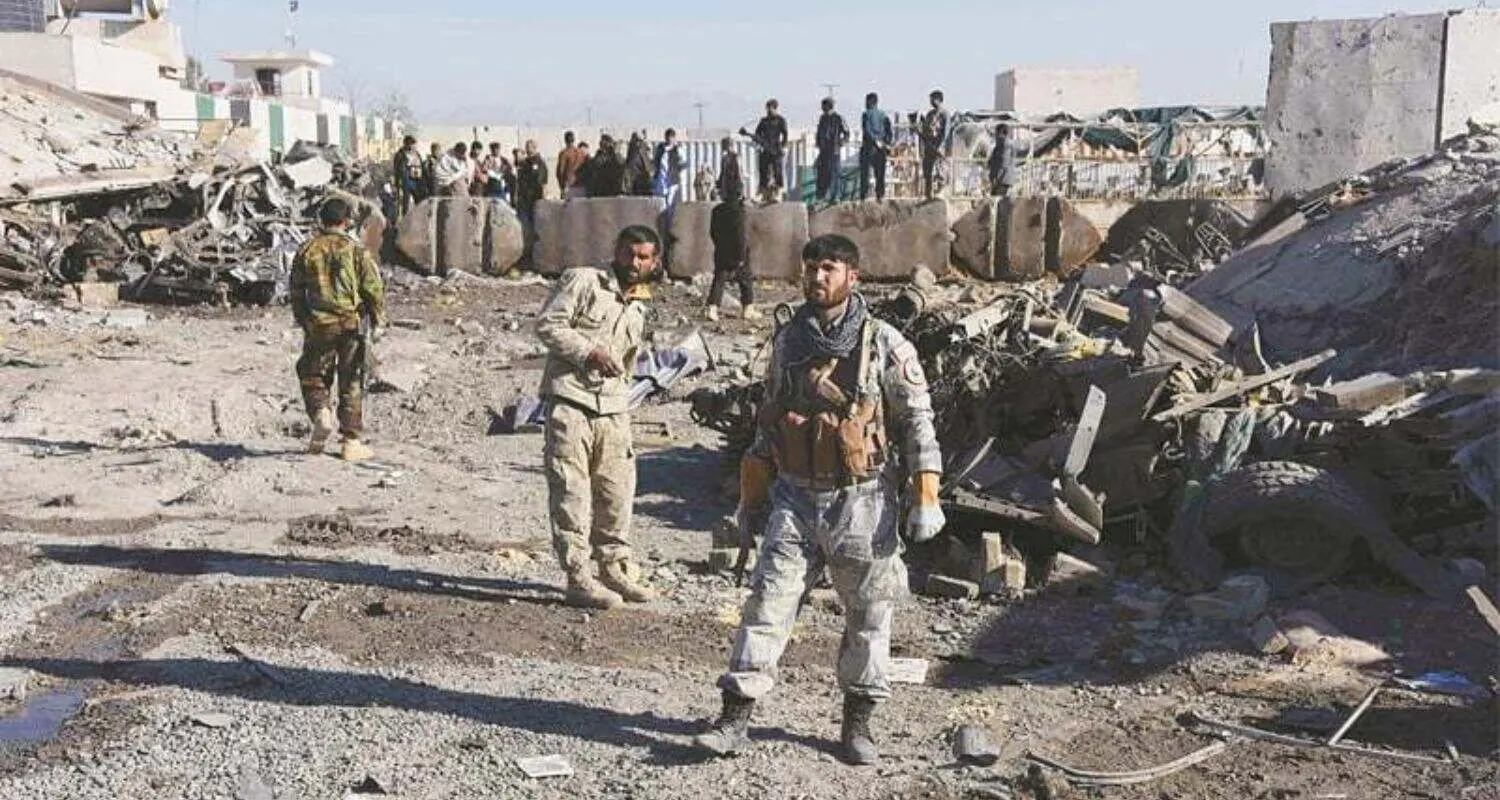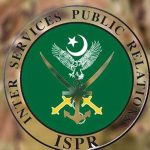In a major internal security blow to Pakistan, 14 soldiers from the Pakistani Army were killed in two separate attacks in Balochistan, as claimed by the Baloch Liberation Army (BLA). The incidents come at a time of heightened regional tension following India’s Operation Sindoor, further straining Pakistan’s military and political landscape.
The first attack occurred in the Shorkand area of Mach, Bolan district, where the BLA’s Special Tactical Operations Squad (STOS) reportedly carried out a remote-controlled improvised explosive device (IED) attack on a Pakistani military convoy. The blast destroyed the vehicle completely, killing all 12 soldiers on board, including a Special Operations Commander, Tariq Imran, and Subedar Umar Farooq.
Hours later, another IED explosion struck a Bomb Disposal Squad of the Pakistani Army in the Kulag Tigran area of Kech district around 2:40 pm on Wednesday. Two personnel were killed as the unit was engaged in a clearance operation.
Jeeyand Baloch, a spokesperson for the BLA, claimed responsibility for both attacks, issuing a scathing statement against the Pakistani military. He described the army as a “mercenary armed gang” serving shifting foreign interests and vowed that resistance against what he termed “occupying forces” would continue with increased intensity.
These attacks underscore the persistent unrest in Balochistan, where separatist insurgent groups like the BLA have waged a decades-long campaign for independence. The region, rich in minerals and strategically important due to Chinese investments like the China-Pakistan Economic Corridor (CPEC), remains mired in violence and resentment. Locals accuse the federal government of exploiting Balochistan’s resources while marginalizing its people and suppressing dissent through military means.
The situation in Balochistan, compounded by escalating cross-border tensions with India, represents a complex and volatile challenge for Pakistan. As internal and external pressures mount, the capacity of the Pakistani state to address both insurgency and geopolitical threats is likely to come under increasing scrutiny.













